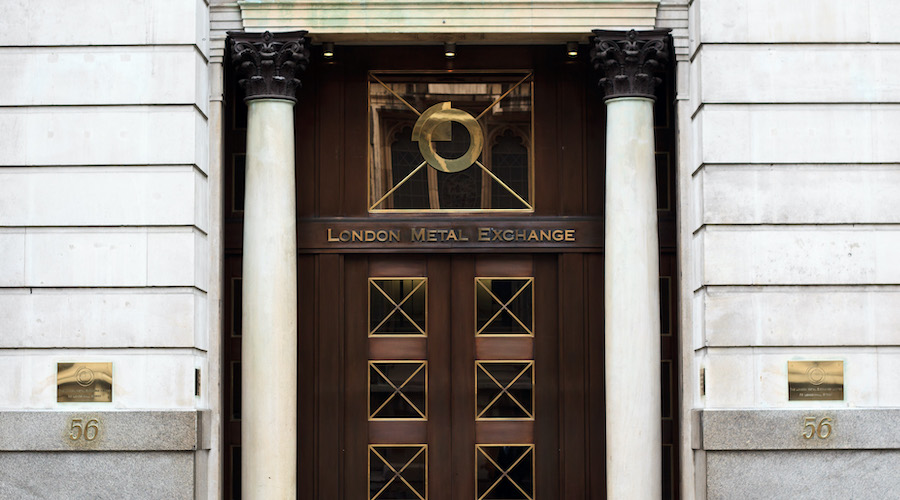
Possible sanctions on Russian metal, lawsuits, a battle to recover trust and a slump in nickel trading after the March fiasco are just some of the headwinds facing the London Metal Exchange (LME) as the industry prepares to meet in the British capital.
Market fundamentals and industry developments typically dominate talks between producers, traders, miners and end users, crowned by cocktails and dinner in London’s Mayfair district.
But front and foremost this year will be the biggest crisis to hit the world’s oldest metals forum in decades after it was forced to cancel all nickel transactions on March 8 as prices climbed to a record above $100,000 a tonne in disorderly trade.
Among those counting the cost of the voided trades are US-based hedge fund Elliot Associates and Jane Street Global Trading, which have been granted permission by a British court to sue the LME and are demanding damages of $456.4 million and $15.34 million respectively.
“The reputational damage was huge and the damages could also be huge. There are many more (funds) waiting to see what happens with these cases,” a source at a commodities fund said. “Nickel volumes have tanked, chances of them recovering are slim.”
The LME has 28 days from Oct. 3 when the ruling was made to file its defence. In response to a request for comment it said it continued to consider that the pair’s grounds for complaint were “without merit” and it would “defend judicial review proceedings vigorously”.
“The action which the LME took was within its powers, and those powers were exercised fairly. At all times the LME sought to act in the interests of the market as a whole,” it said.
Overall average daily volumes on the 145-year-old LME have been falling since April and were down 15% in September from a year ago, partly because of economic and demand slowdown, a phenomena seen on other commodity exchanges.
Nickel volumes in particular crashed after the March debacle as participants fled an increasingly volatile market. Average daily volumes dropped 40% in September after tumbling 50% and 42% in August and July respectively.
“There’s a trust issue…many of our nickel clients are staying way,” a senior executive at a metal broker said. “Part of the problem is limitations to what can be delivered against the nickel contract.”
Only about 650,000 tonnes or 20% of global primary nickel production can be delivered against the LME’s nickel contract, which analysts say is increasingly detached from the global market.
Nickel pig iron, a low-grade cheaper alternative to pure nickel, is expected to account for more than half of global supplies this year at 3.1 million tonnes, up from 12% in 2010, according to Wood Mackenzie analyst Andrew Mitchell.
Western countries have not yet hit Russian metal producers with sanctions the same way they have with the country’s energy companies since Moscow sent troops to Ukraine in February.
However, some buyers are concerned that Russian producers will deliver aluminum, copper and nickel to LME registered warehouses because they will not be able to sell it after their 2022 contracts expire.
This creates a dilemma for the exchange. Prices could eventually reflect those of discounted Russian metal should the LME let it pile up in its warehouses, stripping the contracts of their global benchmark status.
But banning it creates a risk that Rusal or Nornickel could sue on the grounds that in the absence of sanctions, the exchange would be acting outside of its remit and undermining the companies’ financial position.
When asked if it could sue the LME, Rusal said it has considered “all possible options, including this one”. It said earlier this week that it had not delivered metal to LME warehouses and did not plan to do so in future.
Nornickel did not respond to a request for comment.
The LME is in the process of consulting its members about the possibility of banning Russian metal.
Washington is also considering restricting aluminum imports from Russia, and Citi analyst Wenyu Yao said sanctions would have the greatest impact on the market.
Sanctions on Rusal would make it impossible for many consumers to buy its aluminum, while the LME would have to bar it from being traded and stored in its system.
Yao noted that the US imported 242,000 tonnes of unwrought aluminum and products from Russia last year, or 4% of the 5.6 million tonnes in total.
(By Pratima Desai; Editing by Kirsten Donovan)
Comments